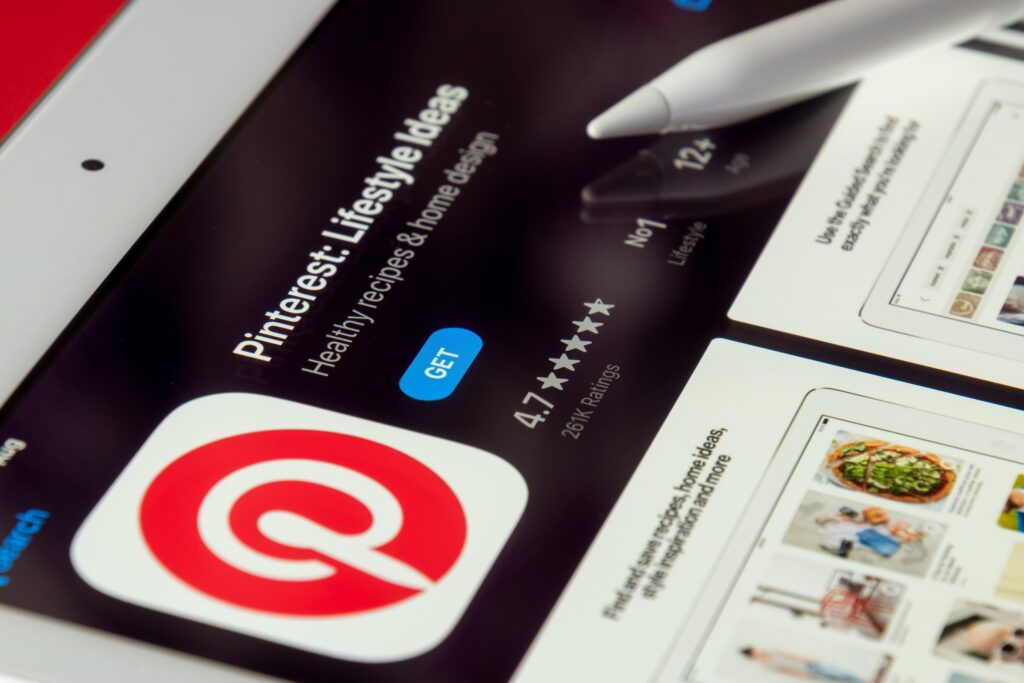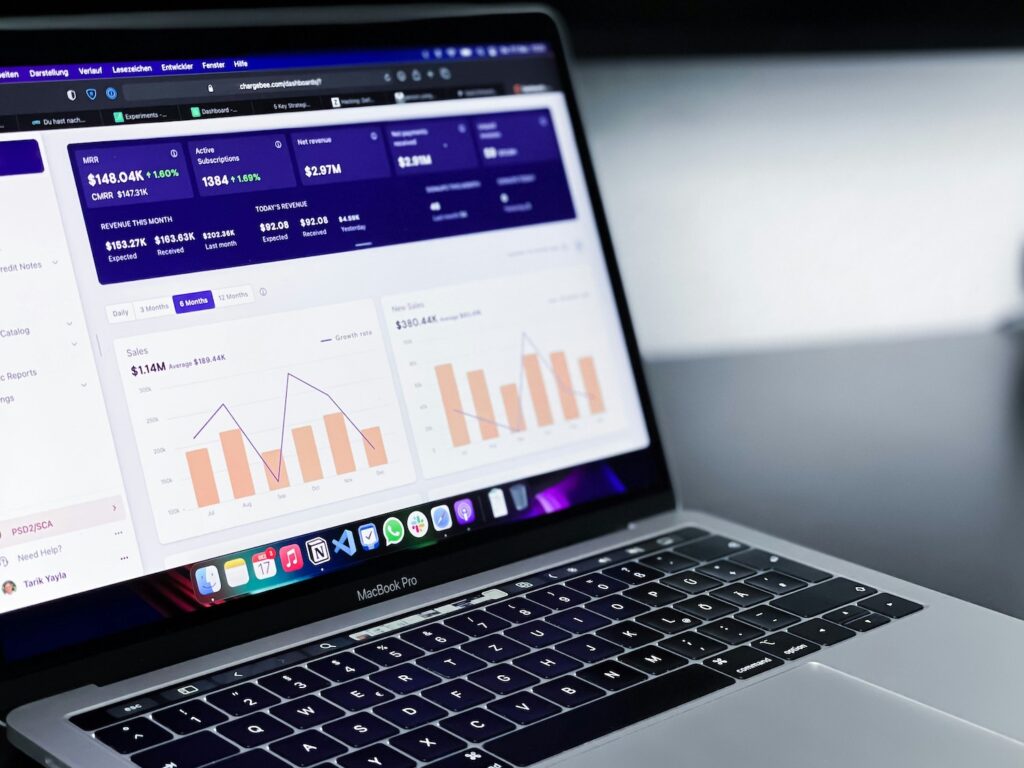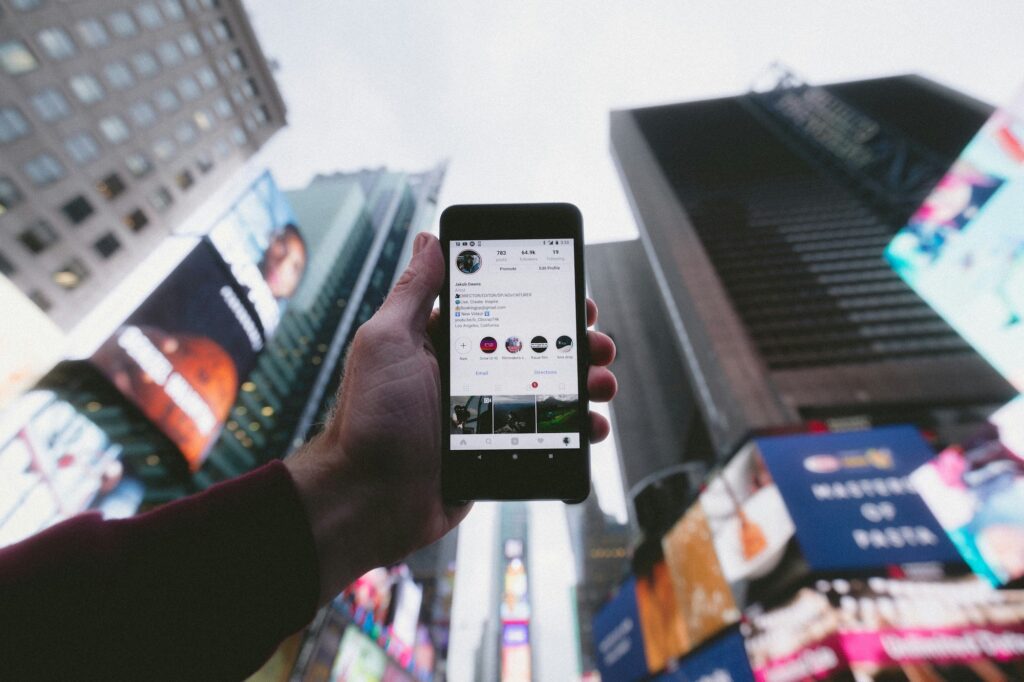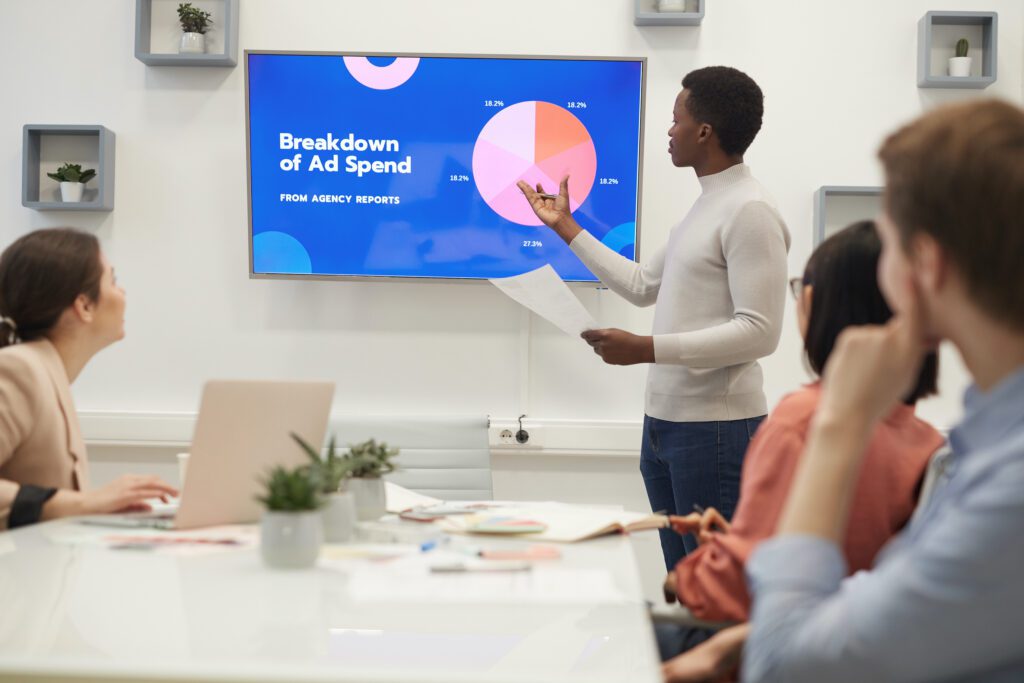In today’s digital world, simply posting organically on social media is no longer enough to drive meaningful results. Paid advertising, including paid social media advertising, has become a core tactic for reaching target audiences, increasing brand awareness, and driving sales. If you’re wondering how to build a paid social ad strategy that works, this guide will walk you through every essential step, from setting clear objectives and choosing the right platforms to crafting compelling ad content and analyzing campaign performance. Let’s dive into everything you need to know to make your paid social media strategy a success.
Introduction to Paid Social Media
Paid social media is a form of online advertising that allows businesses to reach their target audience on social media platforms. It involves creating and publishing paid ads on platforms like Facebook, Instagram, LinkedIn, and Twitter to achieve specific marketing goals. Paid social media campaigns can help businesses increase brand awareness, drive website traffic, generate leads, and boost sales. By leveraging the vast user bases and sophisticated targeting options of these platforms, businesses can ensure their messages reach the right people at the right time.

Understanding Paid Social Media Campaigns
A paid social media campaign is a series of ads designed and scheduled to maximize social media advertising results in achieving a certain goal or objective. These ads can take various forms, including sponsored posts, search or display ads, and static, video, or interactive social media ads with a paid budget behind them. A well-thought-out strategy is vital for planning how these ads will appear, in what order, on which social media platforms, and to what targeted audience. This strategic approach ensures that each ad contributes to the overall campaign goals, whether it’s increasing brand visibility, driving traffic, or generating leads.
Step 1: Setting the Foundation – Defining Goals and Target Audience
Before diving into ad creation, clarify what you want to achieve. Defining goals for paid campaigns is crucial to ensure that your efforts are aligned with your overall marketing strategy. Your goals will influence every other part of your paid social strategy.
Establish Clear Goals
Begin with specific business goals for your paid social media campaigns. These might include increasing brand awareness, driving traffic to your site, generating leads, or boosting conversions. Each goal requires a different approach, so define what success looks like for your business. For example, a goal of lead generation will emphasize targeting and conversion tracking, while an ad campaign for brand awareness focuses on maximizing reach and impressions.
Know Your Target Audience
A deep understanding of your target audience is essential for creating ads that resonate. Start by defining basic demographics (age, gender, location), then dive into psychographics such as interests, values, and online behaviors. Most social media platforms provide audience insights, allowing you to tailor your strategy based on data. Platforms like Facebook’s Audience Insights, LinkedIn’s demographic data, and X Analytics can be powerful tools in this phase.
Step 2: Choosing the Right Social Media Platforms
Not all social media platforms are created equal, and each has its unique audience and ad capabilities. It is crucial to diversify your efforts across multiple platforms to effectively reach different segments of your target audience. The right platform for your paid social campaigns depends on your target audience and business goals.

Matching Platforms to Your Audience
Facebook and Instagram are ideal for B2C campaigns because of their vast user base and versatile ad formats, while LinkedIn is better suited for B2B marketing, allowing you to target professionals based on job title and industry. TikTok, Reddit, and Snapchat cater to younger, visually oriented audiences, making them suitable for brands with engaging, video-centric content.
Aligning Platform Strengths with Campaign Objectives
The strengths of each platform should inform your approach. Instagram, for example, is a powerhouse for visually engaging content, while LinkedIn excels at lead generation for B2B services. Choose your platforms wisely to reach your goals and avoid spreading your ad spend too thin across channels that don’t align with your objectives.
Step 3: Budgeting Your Ad Spend and Allocating Resources
Determining your ad spend is crucial for maintaining a cost-effective strategy. Paid advertising encompasses various facets, including budgeting strategies, which are essential for setting clear campaign goals and leveraging different advertising platforms. Knowing how much you can allocate to each platform and campaign will guide your bidding and targeting options.
Setting Your Budget
Start with a clear budget based on the potential ROI of each platform. Typically, businesses spend between 5-12% of their revenue on marketing, with a portion going to paid social ads. For beginners, it’s often best to start with a modest budget, analyze performance, and adjust as needed. Remember, each platform has its minimum spend requirements, and costs can vary based on factors like industry, audience targeting, and competition.
Bidding Strategies
Bidding strategies are a crucial part of paid social media campaigns. They determine how much you pay for each ad click or impression. There are several bidding strategies to choose from, including cost-per-click (CPC), cost-per-impression (CPM), and cost-per-action (CPA). The right bidding strategy depends on your campaign goals and target audience. For instance, CPC is ideal for driving traffic to your website, while CPM is better suited for brand awareness campaigns. CPA, on the other hand, focuses on specific actions like sign-ups or purchases. Understanding and selecting the appropriate bidding strategy can significantly impact the effectiveness and efficiency of your paid social media efforts.
Allocating Budget Across Platforms and Campaigns
Once you’ve set your total budget, distribute it strategically across your selected platforms and campaign objectives. For instance, if brand awareness is your goal, allocate more budget to top-of-funnel ads, focusing on reach and impressions. If conversion is the priority, place more budget into retargeting campaigns and ads that drive website visits or direct conversions.
Step 4: Crafting Effective Ads for Social Media
Creating ads that capture attention and resonate with viewers is crucial for any paid social campaign. Social media marketing plays a vital role in crafting these effective ads by leveraging various platforms to reach and engage your target audience. Your ads should be visually appealing, on-brand, and directly address the needs or interests of your audience.
Developing Compelling Visuals
A strong visual element is the cornerstone of any social media ad. Whether it’s a photo, graphic, or video, your ad visuals should be attention-grabbing and represent your brand’s identity. Test different ad formats to see what performs best with your audience; video content is often highly engaging and performs well across platforms like Instagram, TikTok, and Facebook.
Writing Engaging Ad Copy
Your ad copy should be concise, persuasive, and align with the visual content. Focus on the problem your product or service solves, and include a clear call-to-action (CTA). A/B testing different versions of ad copy can help you understand which messages resonate most with your audience. For instance, one CTA might encourage users to “Shop Now” while another might invite them to “Learn More” for a top-of-funnel ad.
Step 5: Targeting the Right Audience Segments
One of the primary advantages of paid social media advertising is the ability to precisely target your audience. The strategic importance of paid campaigns in social media marketing cannot be overstated, as they require careful budgeting, audience research, and targeted approaches to maximize engagement and conversion rates. With robust targeting options, you can reach users based on their demographics, interests, behaviors, and more.

Utilizing Detailed Targeting Options
Each platform offers unique targeting capabilities. Facebook and Instagram provide options to target users based on interests, location, demographics, and behavior, while LinkedIn allows for targeting by job title, company, and industry. Utilize these features to ensure your ads reach those most likely to engage with or buy from you.
Building Custom and Lookalike Audiences
Platforms like Facebook and Instagram offer Custom Audiences, which allow you to target people who have previously interacted with your brand, whether by visiting your website, signing up for an email, or engaging with previous content. Lookalike Audiences allow you to reach new people who share similar characteristics with your existing audience, expanding your reach while maintaining relevance.
Step 6: Designing a Cohesive Campaign Strategy
A paid social campaign shouldn’t be a one-off effort. A structured ad campaign is crucial for achieving specific marketing goals, as it allows for better alignment of ad content with target audiences. Instead, build a cohesive strategy that ties together multiple campaigns across platforms for maximum impact.
Aligning Campaigns with Your Overall Marketing Strategy
Your paid social strategy should complement your other marketing efforts, such as content marketing, SEO, and email marketing. For instance, if you’re launching a new product, create a campaign that generates awareness before the launch, followed by retargeting ads to drive conversions afterward. This ensures a consistent message across your marketing channels.
Creating an Ad Funnel for the Buyer’s Journey
Consider structuring your campaigns in a funnel that aligns with your buyer’s journey. Start with awareness ads to introduce your brand, then use engagement-focused ads to build trust, and finally, retarget with ads that push for conversions. This layered approach allows you to nurture leads and guide them through each stage of the funnel.
Step 7: Analyzing Performance and Making Data-Driven Adjustments
Once your campaign is live, continuous tracking and optimization are essential to maximize ROI. Continuous optimization is also crucial in paid advertising to ensure successful outcomes. Each platform offers detailed analytics, allowing you to monitor metrics like impressions, clicks, CTR, and conversions.

Setting and Tracking Key Performance Indicators (KPIs)
Align your KPIs with your campaign objectives to measure success. If your goal is brand awareness, focus on reach and impressions. For lead generation, track conversion rates and CPL. Keep an eye on these metrics and be prepared to make adjustments as needed.
Making Data-Driven Adjustments
Use insights from your analytics to refine your targeting, budget allocation, and ad creative. For instance, if a certain ad format performs exceptionally well on one platform, consider shifting more budget to that format. Similarly, if you find that a particular audience segment isn’t engaging, adjust your targeting parameters.
Step 8: Integrating Paid and Organic Strategies
A successful social media strategy balances paid and organic efforts, allowing each to reinforce the other. Integrating social media marketing with other marketing efforts is crucial for achieving specific goals like increased brand awareness and lead generation.
Boosting High-Performing Organic Posts
Identify organic posts that have performed well and consider promoting them to reach a wider audience. Boosting these posts can be cost-effective since they already resonate with your audience, making them likely to perform well as paid ads.
Encouraging User-Generated Content (UGC)
User-generated content adds authenticity to your brand and can be an effective part of your paid social strategy. Encourage customers to share their experiences with your product or service, then leverage this content in your paid ads. UGC is particularly valuable for building trust and engagement.
Step 9: Utilizing A/B Testing to Refine Your Campaigns
A/B testing (or split testing) is essential to uncover which elements of your ad campaigns work best. By testing variations of your ads, you gain valuable insights into what resonates with your audience and drives results.
How to Set Up Effective A/B Tests
A/B testing should focus on one element at a time to pinpoint what impacts performance. Start with basic tests, such as testing different ad copy, images, or CTAs. For example, you might test whether “Sign Up Today” generates more conversions than “Learn More.” Once you identify the winning element, apply this learning across your campaign or continue refining with additional tests.
Measuring A/B Test Results
For reliable results, ensure each test has a statistically significant sample size. Small differences in performance aren’t always meaningful, so rely on data and avoid rushing to conclusions. Use tools like Facebook’s built-in split testing or third-party tools like AdEspresso for more detailed insights.
Step 10: Optimizing Ad Creative for Each Platform
Each social media platform has its own style, format, and audience expectations, so a one-size-fits-all approach won’t work. Tailor your ad creative to fit the nuances of each platform to ensure maximum engagement.

Facebook and Instagram
Facebook and Instagram support various ad formats, including Stories, carousel ads, and video ads. Instagram’s visual nature means high-quality imagery and concise messaging are crucial, while Facebook’s diverse user base allows for longer, more informative captions and calls-to-action.
LinkedIn ads should be professional and directly relevant to your audience’s industry. Use LinkedIn to highlight your business’s expertise, success stories, or case studies that appeal to a professional audience. Targeting features like job titles and company size allow you to refine your audience precisely.
TikTok and Snapchat
These platforms require creative, fast-paced visuals that appeal to younger, mobile-savvy audiences. Videos on TikTok and Snapchat should be punchy and emphasize authenticity over polish to capture attention in a feed full of user-generated content.
Step 11: Leveraging Advanced Targeting Techniques
For businesses looking to go beyond basic demographic targeting, advanced techniques can enhance the relevance and effectiveness of your campaigns.
Lookalike Audiences
Lookalike Audiences allow you to reach new users who are similar to your existing customers or followers. By mirroring the characteristics of people who have engaged with your brand before, lookalikes increase the likelihood of reaching an audience that will find value in your offerings.
Retargeting Campaigns
Retargeting is a powerful tactic to re-engage users who have previously interacted with your website or social content. These campaigns help you stay top-of-mind with warm leads who may just need an extra nudge to convert. Use retargeting ads to offer special discounts, showcase new products, or remind customers about items left in their cart.
Behavioral Targeting
Some platforms allow behavioral targeting, which focuses on users based on past actions, like recent website visits or specific content interactions. Behavioral targeting can be highly effective for creating personalized ads that resonate with where your audience is in the buying journey.
Step 12: Develop a Bidding Strategy That Fits Your Budget
Your bidding strategy determines how much you’ll pay for ad placements and ultimately impacts your campaign’s ROI. Choosing the right bidding strategy can prevent overspending and ensure your ads get maximum exposure to the right audience.

Types of Bidding Models
- Cost-Per-Click (CPC): CPC bidding is great for campaigns focused on driving traffic to your website. You only pay when someone clicks on your ad, which makes CPC ideal for cost-conscious campaigns.
- Cost-Per-Impression (CPM): CPM bidding charges you per thousand impressions and works well for brand awareness campaigns. This model is ideal if you want to increase reach without necessarily driving direct conversions.
- Cost-Per-Acquisition (CPA): CPA bidding charges you for each conversion, like a sign-up or purchase. Although CPA is generally more costly, it ensures you’re only paying for completed actions, which can be more efficient for lead generation or e-commerce campaigns.
Choosing the Right Bidding Strategy
Your choice of bidding strategy should align with your campaign objectives. If you’re just starting with a limited budget, CPC might be the best option to gauge initial interest and optimize costs. As your campaign matures, experimenting with CPM or CPA models can provide a clearer understanding of the cost-effectiveness of your ads.
Step 13: Crafting Landing Pages to Maximize Conversions
A well-designed landing page is just as important as the ad that leads to it. Ensure your landing pages align with the ad’s message and prompt users to take action seamlessly.
Designing High-Converting Landing Pages
- Consistency with Ad Messaging: Keep your ad copy and landing page aligned. If an ad promises a discount, make sure the offer is clearly visible on the landing page.
- Clear Call-to-Action (CTA): A strong, visible CTA helps guide users toward conversion. Phrases like “Get Started” or “Claim Your Discount” are direct and effective.
- Mobile Optimization: Over 70% of social media users access content on mobile, so your landing pages must be responsive and easy to navigate on smaller screens.
Testing and Optimizing Landing Pages
Test different landing page variations, such as headlines, images, and form lengths, to determine what yields the best results. Tools like Google Optimize and Unbounce allow you to run A/B tests on landing pages without needing extensive technical skills.
Step 14: Using Analytics to Drive Continuous Improvement
Once your campaigns are live, analytics become your guide for ongoing optimization. Regularly review performance metrics to identify areas for improvement and refine your strategy.
Key Metrics to Track
- Click-Through Rate (CTR): This metric shows how many people clicked your ad compared to the number of impressions. A high CTR indicates that your ad resonates with your audience.
- Conversion Rate: Conversion rate reveals the percentage of users who took the desired action, such as making a purchase or signing up. It’s essential for measuring ROI.
- Cost Per Conversion: Tracking your cost per conversion (CPC) is crucial for budget optimization. If you find that some ads have a high CPC, consider refining targeting or messaging.
Leveraging Insights to Adapt Your Strategy
Analyze patterns in your data to inform future campaigns. For instance, if video content consistently performs well, allocate more budget toward video ads. Conversely, if a certain audience segment underperforms, adjust your targeting to focus on more profitable demographics.
Step 15: Scaling Your Campaign for Long-Term Success
As your campaigns become more refined, scaling up can increase reach and drive growth. Scaling requires a strategic approach to avoid overspending or diluting your message.

Expanding Budget and Audience Reach
Gradually increase your budget on well-performing campaigns to expand reach. However, avoid significant budget increases in a short time, as this can impact ad performance negatively. Expanding reach with broader targeting options, such as Lookalike Audiences, can also help grow your potential customer base without sacrificing relevance.
Diversifying Ad Formats
Introduce new ad formats, such as carousel ads or interactive Stories, to keep your audience engaged. Diversifying formats ensures your ads stay fresh and maintain user interest over time.
Entering New Platforms
Consider expanding to additional social media platforms once your campaigns perform well on primary channels. For instance, if your campaigns perform exceptionally on Instagram, try launching on TikTok or Pinterest to capture similar audience demographics and increase visibility.
Step 16: Enhancing Audience Engagement with Dynamic Content
Dynamic content allows you to create personalized ad experiences that change based on user behavior, which can boost engagement rates.
Benefits of Dynamic Ads
Dynamic ads automatically adjust elements like products, prices, or images based on user data. These ads are particularly effective in e-commerce for retargeting users with items they previously viewed or abandoned in their cart.
Implementing Dynamic Ad Campaigns
Platforms like Facebook and Google offer dynamic ad options that allow for automatic content adjustments. Dynamic ads ensure that users receive content relevant to their interests and buying behavior, increasing the likelihood of conversion.
Step 17: Building Brand Loyalty with Retargeting and Nurture Campaigns
Nurturing existing customers is as important as acquiring new ones. Paid social retargeting helps to re-engage current customers, boosting brand loyalty and increasing lifetime value.
Retargeting Existing Customers
Retargeting past buyers with new products or services is an effective way to drive repeat purchases. By segmenting your audience based on purchase history, you can show specific ads tailored to each group’s preferences.
Leveraging Customer Loyalty Programs
Incorporate customer loyalty programs into your paid social ads. Promoting exclusive discounts, early access to sales, or rewards for returning customers fosters a sense of loyalty and encourages repeat engagement.
Advanced Tips for a Successful Paid Social Strategy
Once you’ve mastered the basics, consider implementing some advanced strategies to further enhance your paid social efforts. Paid campaigns are strategically important in advanced social media marketing, requiring careful budgeting, audience research, and targeted approaches to maximize engagement and conversion rates.

Experimenting with Different Ad Formats
Ad formats like carousel ads, collection ads, and Stories can improve engagement by offering a more interactive experience. Testing different formats allows you to find what works best for your brand and audience.
Utilizing Retargeting for Higher Conversions
Retargeting ads are a powerful way to engage people who have already shown interest in your brand. Set up retargeting campaigns for people who have visited your site but didn’t convert, or for those who engaged with your content but haven’t yet taken the next step.
Conclusion: Key Takeaways for a Successful Paid Social Strategy
Building a paid social ad strategy that works takes time, experimentation, and a clear understanding of your audience and goals. By following the steps outlined in this guide, you’ll be well-equipped to create effective, data-driven campaigns that not only reach your target audience but also inspire engagement and drive results. Remember, paid social media advertising is an evolving field, so continue to test, measure, and optimize your strategy to stay ahead in the digital landscape.
Let’s have a free review of your paid social strategy. Set up a meeting today!
